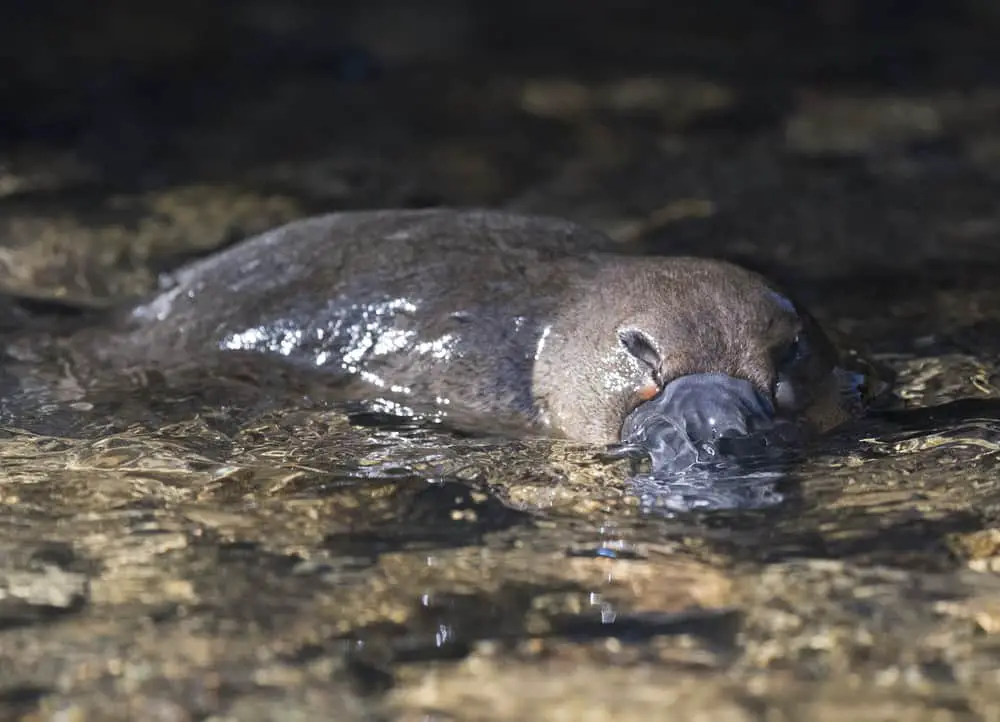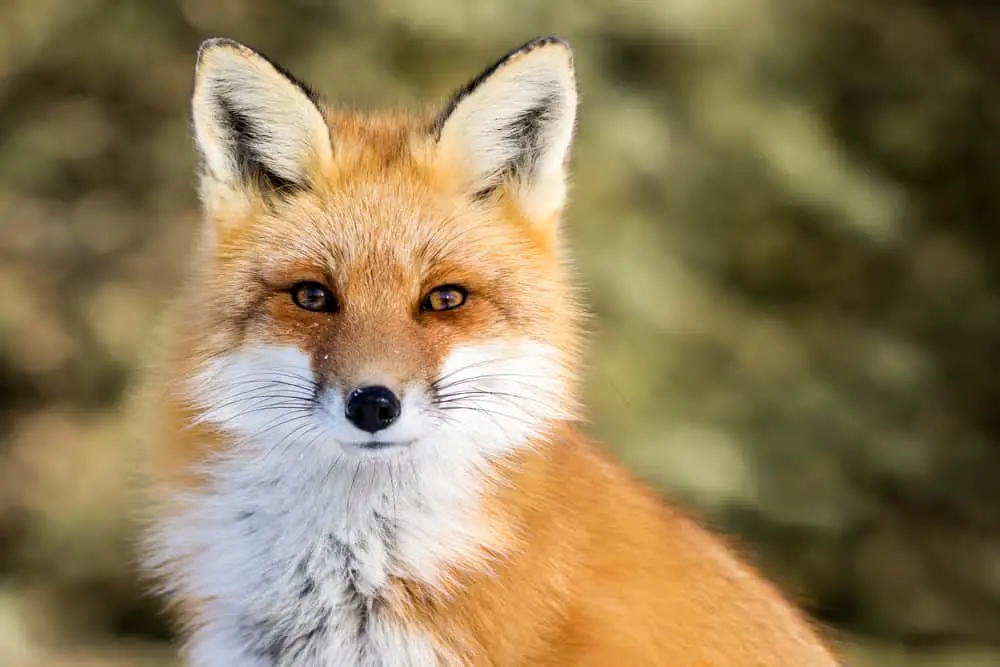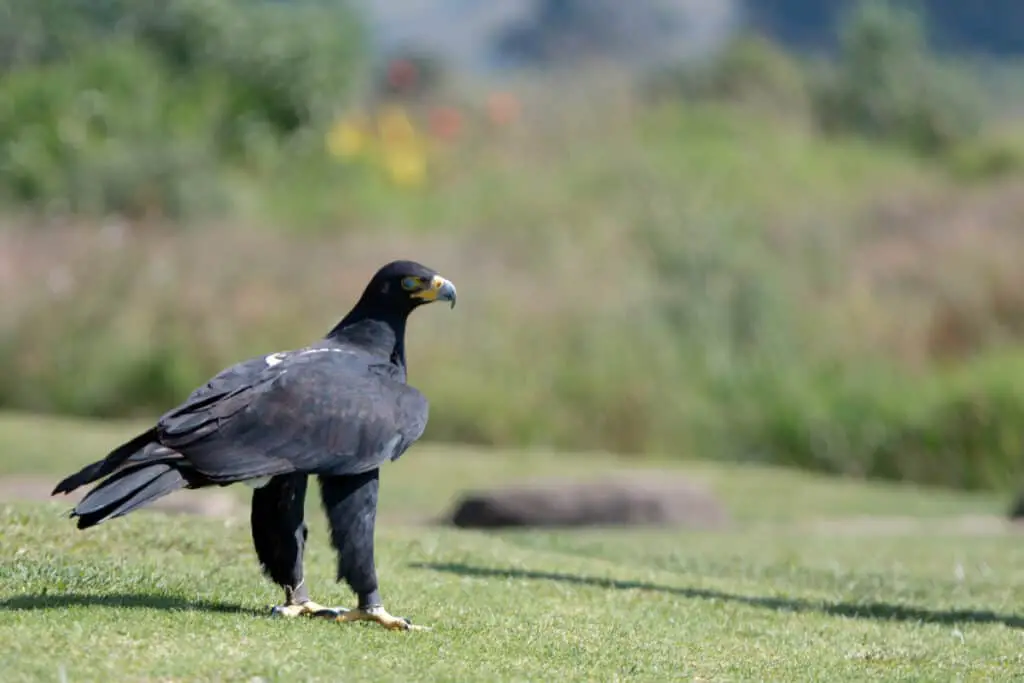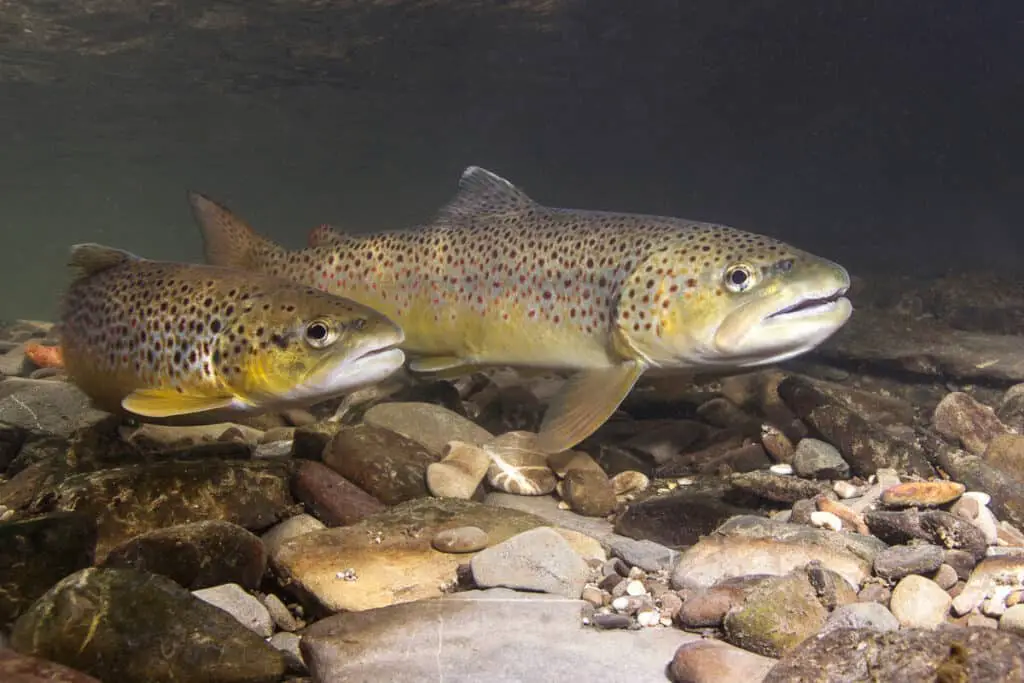The platypus is a unique and fascinating creature that is endemic to Australia. It is one of the few mammals in the world that lays eggs instead of giving birth to live young, and it also possesses a range of other unusual features such as its duck-like bill and webbed feet. Despite its iconic status, however, the platypus faces a number of threats to its survival in the wild. One of these threats comes from predators, which can have a significant impact on platypus populations.
In this article, we will explore what are considered to be the main predators of platypus in their natural habitat. We will examine both natural predators like eagles and man-made ones like foxes and feral cats. Additionally, we will discuss conservation efforts aimed at protecting these animals from predation as well as why it’s crucial to safeguard this iconic species for future generations.

The Impact of Introduced Predators on Platypus Populations
The introduction of predators has had a detrimental effect on platypus populations, as evidenced by recent studies indicating declines in numbers and range. One study found that the presence of introduced predators, such as foxes and feral cats, was responsible for up to 80% of platypus deaths in some areas. This is particularly concerning given the already vulnerable status of the species due to habitat destruction and climate change.
Habitat destruction has impacted platypus populations by reducing their available range and access to food sources. Climate change has also played a role in population decline, with changes in water availability and temperature affecting both prey availability and breeding success. The addition of introduced predators exacerbates these existing threats, ultimately contributing to a decline in overall population numbers. It is important that efforts are made towards predator control measures if we hope to preserve this unique Australian species for future generations.

Foxes and Feral Cats: The Biggest Threats to Platypus Survival
Foxes and feral cats pose a significant threat to the survival of this unique mammal due to their predatory behavior. Both predators are responsible for causing high mortality rates in platypus populations, particularly in areas where they have been introduced and thrive. These carnivores hunt at night, preying on platypuses that venture into waterways or leave their burrows on land. Foxes and feral cats are skilled hunters, able to track down their prey through scent and sound.
To protect platypus populations from these predators, fox and feral cat control programs have been implemented in certain areas. These programs often involve trapping and euthanizing the predators to reduce their numbers. Habitat restoration is also an important strategy for protecting platypuses from predation. By restoring riparian vegetation along waterways, platypuses can find shelter and cover from predators while also improving the quality of their habitat overall. Additionally, reducing human disturbance near waterways can help minimize predator activity by limiting opportunities for hunting.
The Hunting Techniques of Foxes and Feral Cats
With their keen senses and agile movements, foxes and feral cats are highly efficient hunters that can easily track down small prey like the platypus. Fox hunting is characterized by a combination of stealth and speed. They rely on their exceptional hearing to detect the rustling of leaves or twigs made by potential prey. Once they have located their target, they will pounce with lightning-fast reflexes, using their sharp teeth to deliver a fatal bite. It’s not uncommon for foxes to hunt in packs, making them even more formidable predators.
On the other hand, cat predation is marked by patience and precision. Feral cats will often stalk their prey over long distances before making any move. They will wait until they are within striking distance before launching an attack. Using their retractable claws, they can quickly climb trees or swim across rivers to reach their targets. Unlike foxes that tend to kill instantly, feral cats may play with their prey before delivering a killing blow. This makes them especially dangerous for animals like the platypus that may not be able to defend themselves effectively against prolonged attacks.

Eagles and Hawks: Natural Predators of the Platypus
Eagles and hawks, with their sharp talons and keen eyesight, are aerial hunters that pose a significant threat to the survival of the platypus. These birds of prey have a natural advantage over the platypus due to their ability to soar above the waterways where platypuses reside. Once they spot a potential prey, eagles and hawks use their powerful talons to dive down at incredible speeds and snatch up their target from the water’s surface.
Eagle behavior is particularly concerning as they are known to be opportunistic predators that will take advantage of any available food source. With habitat destruction on the rise due to human activities such as damming rivers or clearing forests for agricultural purposes, platypuses are becoming more vulnerable than ever before. Reduced habitat means less food sources for these mammals, which in turn attracts more predators like eagles and hawks looking for an easy meal. Therefore, conservation efforts must focus not only on protecting existing habitats but also restoring degraded ones to prevent further loss of this unique species.

Large Fish
Despite being overshadowed by other predators, large fish also pose a significant threat to platypus populations and their habitat. While eagles and hawks are commonly known as natural predators of the platypus, large fish such as Murray cod, trout, and carp are often overlooked. These fish can prey on juvenile or adult platypuses that venture into waterways where these species reside. In addition to direct predation, the presence of large fish can also lead to habitat degradation which further threatens the survival of the platypus.
The impact of large fish on platypus populations is still understudied but recent research suggests that it may be more significant than previously thought. Habitat degradation caused by introduced species of fish disrupts the ecosystem balance and negatively affects the availability of food sources for the platypus. The decline in food sources coupled with increased competition from other predators can result in reduced fitness, reproduction rates, and ultimately population decline. Therefore, understanding and mitigating threats posed by large fish is crucial for conserving this unique semi-aquatic mammal.
Conservation Efforts to Protect Platypus from Predators
Efforts to protect the platypus from the threat of predation have been implemented by various conservation organizations and government agencies. These efforts include but are not limited to:
- Community involvement: Many conservation organizations have recognized the importance of involving local communities in platypus conservation efforts. Community members are often able to contribute valuable information about local platypus populations, as well as participate in habitat restoration efforts.
- Habitat restoration: Platypuses rely heavily on healthy and diverse aquatic ecosystems for their survival, making habitat restoration a crucial component of their protection. Restoration efforts may include removing invasive species, planting native vegetation, and improving water quality.
- Predator management: In some areas where platypuses are particularly vulnerable to predation, predator management techniques such as trapping or relocation may be used to reduce predation pressure.
- Monitoring programs: Regular monitoring of platypus populations can provide valuable information about population trends and potential threats, allowing for timely intervention if necessary.
By implementing these conservation strategies, we can help protect the unique and iconic platypus from the threats posed by predators.
The Importance of Protecting Platypus for Future Generations
Conservation efforts to protect platypus from predators have been implemented in various regions where these animals are found. These efforts include the removal of invasive species, such as foxes and feral cats, which are known to prey on platypus. Additionally, habitat restoration projects have been initiated to provide suitable environments for platypus populations to thrive. While these conservation efforts are crucial in protecting the platypus from predators, it is equally important to recognize the significance of preserving this unique animal for future generations.
The importance of protecting the platypus lies not only in its ecological role but also in its cultural and scientific value. The platypus is an iconic Australian animal that has captured the imagination of people worldwide. It is a symbol of Australia’s unique biodiversity and serves as a reminder of our responsibility to protect our natural heritage. Furthermore, studying the biology and behavior of the platypus can provide valuable insights into evolutionary processes and adaptations that could be applied in fields such as medicine and engineering. Therefore, conservation efforts must continue to ensure that future generations can appreciate and benefit from this remarkable animal’s existence.
Conclusion
In conclusion, the platypus faces significant threats from both introduced predators and natural predators in their habitats. The most significant threats to platypus survival come from foxes and feral cats, which are skilled hunters that use stealth and ambush tactics. In addition, large fish species also pose a considerable threat to young platypuses.
To protect the platypus population, conservation efforts must focus on eliminating introduced predators from their habitats while also protecting their natural habitats. This includes measures such as predator control programs, habitat restoration projects and public education campaigns about the importance of preserving nature’s biodiversity. By taking these steps, we can ensure that future generations will be able to enjoy the unique beauty of this fascinating animal for years to come.
